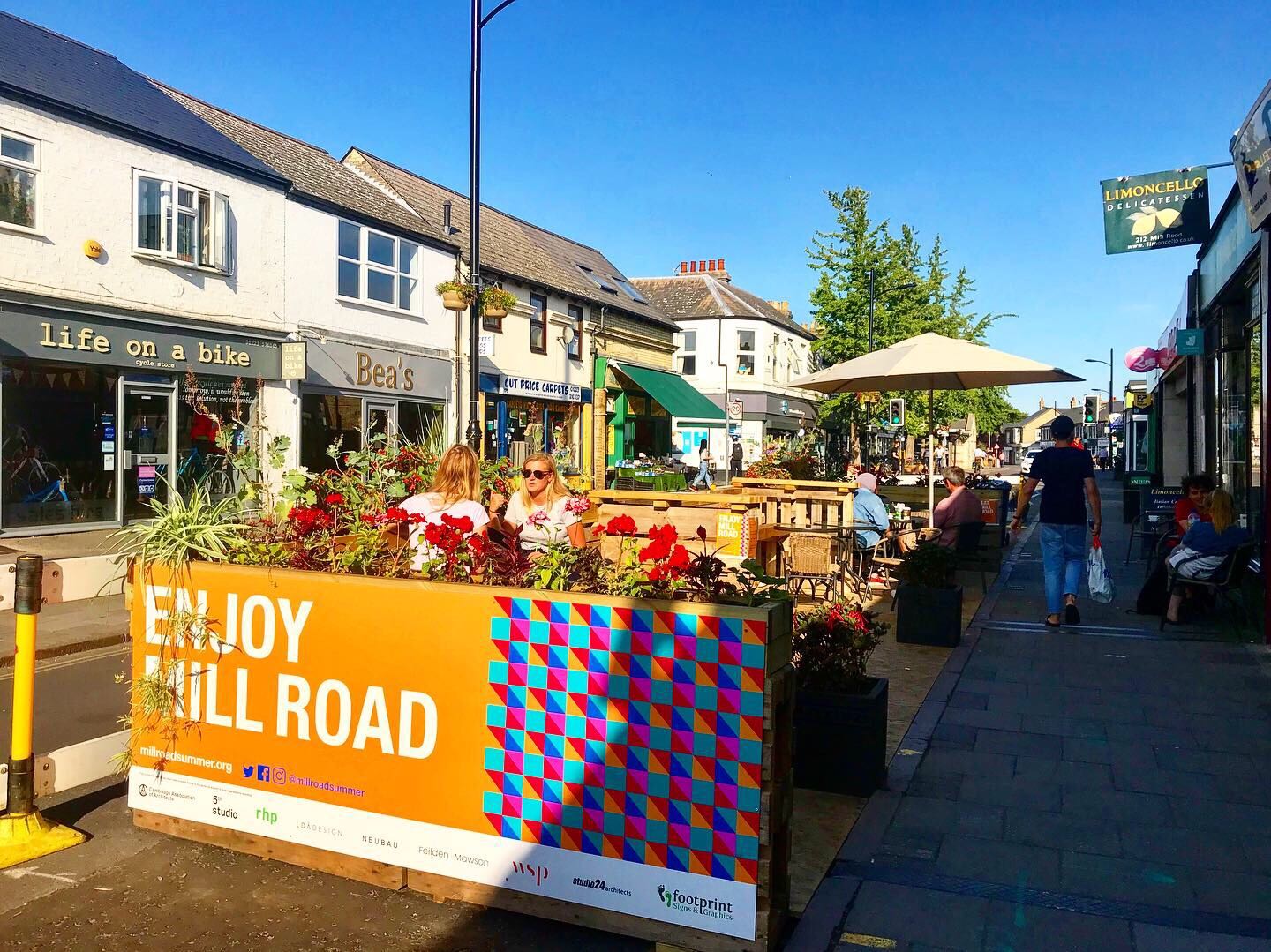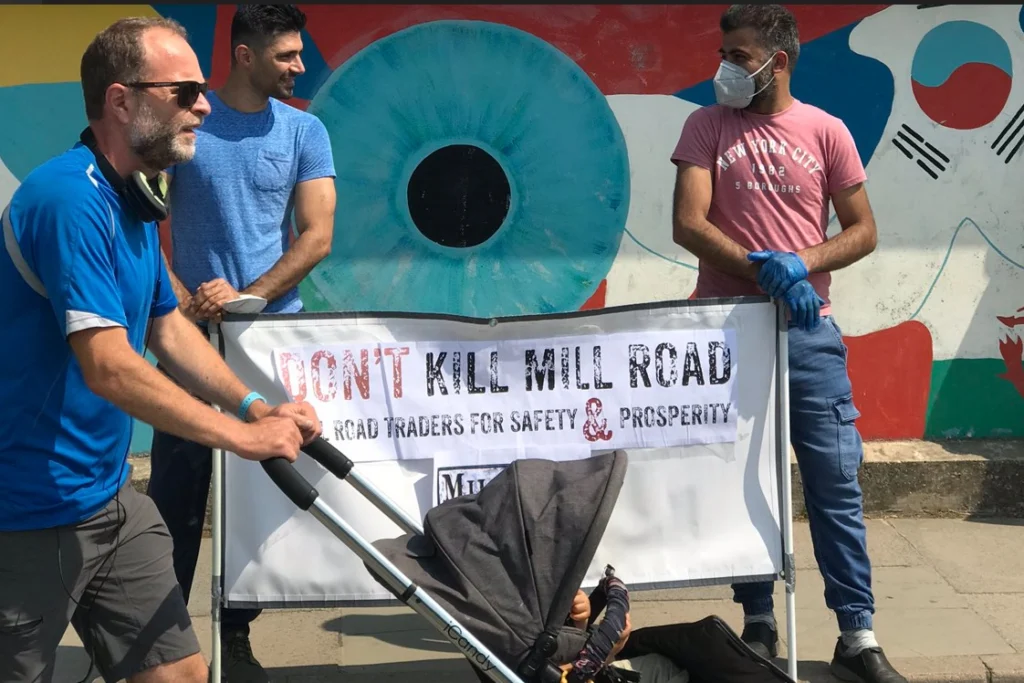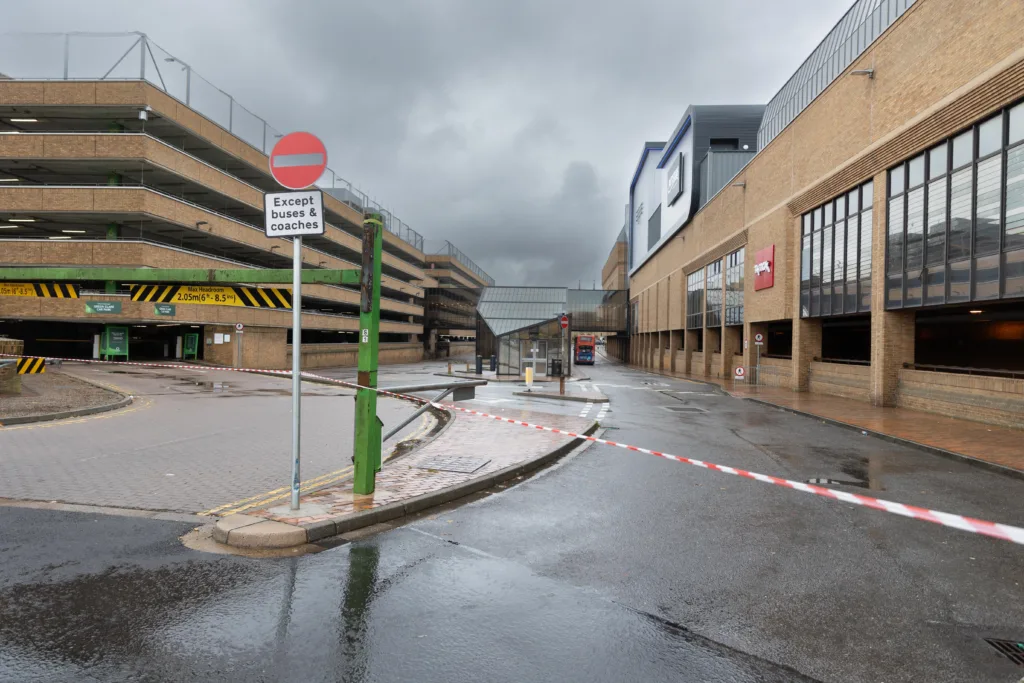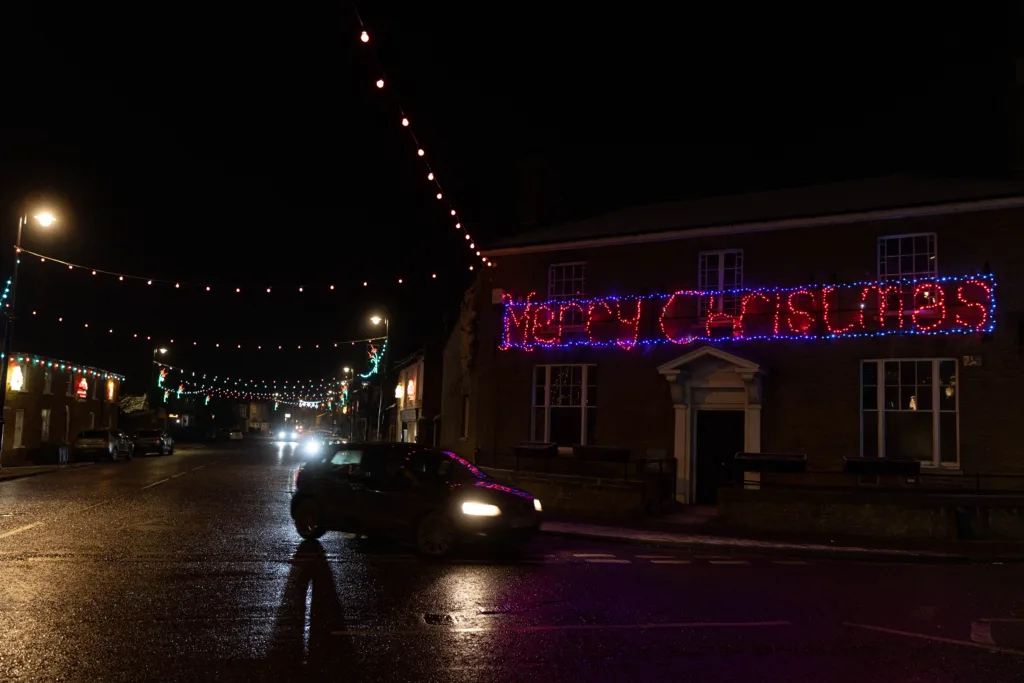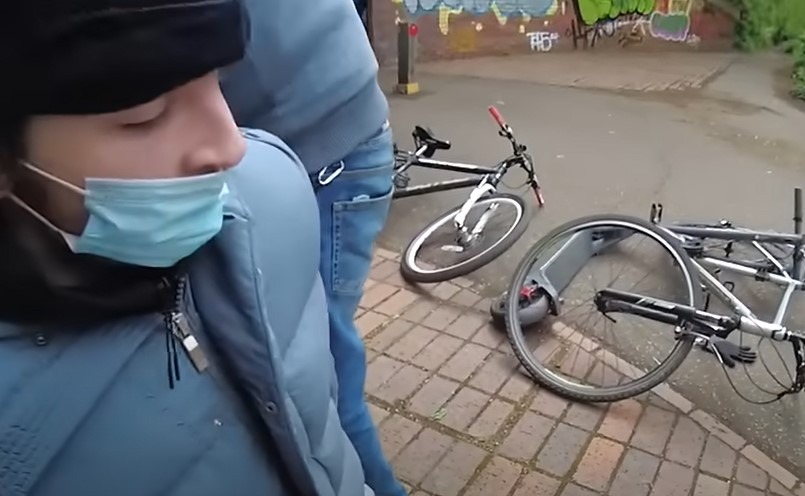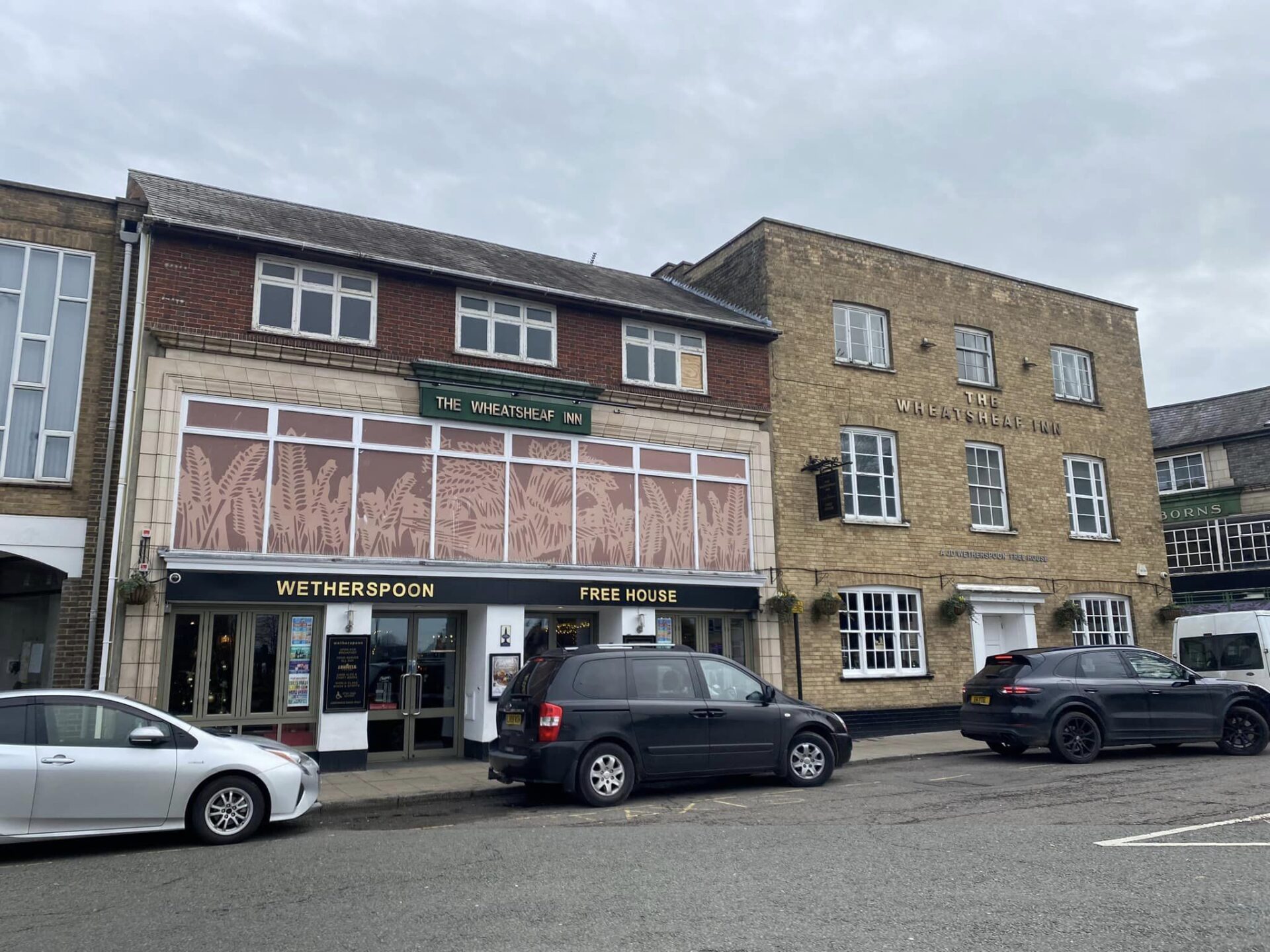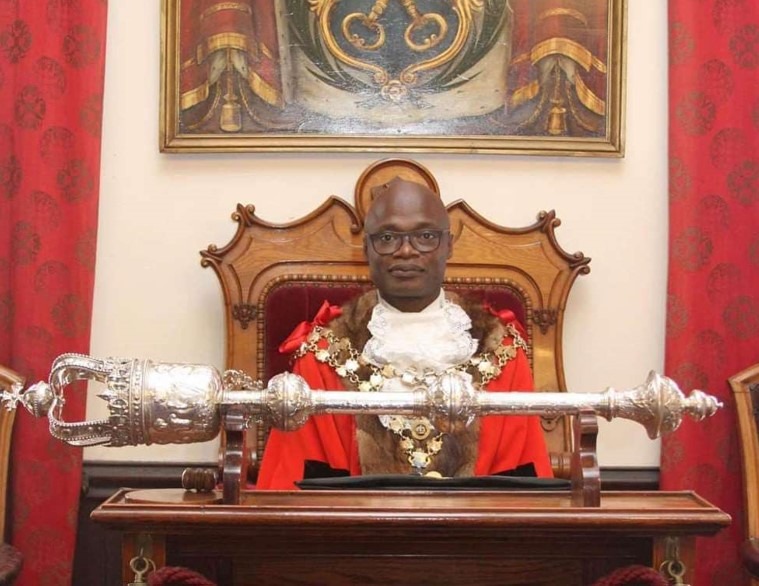What, another one??? Yes, it does seem incredible that the Cambridgeshire County Council is consulting yet again on a modal filter for Mill Road bridge that local people have already said loudly and clearly that they want.
It’s worth a brief recap of why this has happened. The first consultation, back in 2021, was scrapped because of duplicate submissions, 85% of which were made by opponents of the bus gate. Despite this, it showed a majority in favour.
The second – very elaborate and widely-publicised – consultation showed a whopping majority for restricting traffic on the bridge – 72% in favour, with only 20% against, and the highways and transport committee duly voted to install the modal filter (aka bus gate).
This led to a legal challenge based on several technicalities, none of them connected with the consultation.
Rather than remain stuck in a legal quagmire for any longer, Cambridgeshire County Council recently took the decision to abandon its defence and re-issue the Traffic Regulation Order (TRO) with all the legal loopholes firmly closed.
The current consultation is a statutory requirement before a final decision is made at a special meeting of the highways and transport committee on October 4th.
Mill Road 4 People is a group of over 1,100 mainly local signed-up supporters.
We have a positive vision for a Mill Road that is vibrant, attractive, safe, and healthy. We think it’s ridiculous that a narrow, residential ‘C’ road has been allowed to become a through-route for 14,000 vehicles a day.
Where was the vote on this? Where was the vote that allowed car ownership to triple since the 1970s? Where was the vote that said we were happy for private cars to increase wildly in size and park all over our pavements?
The population in the immediate vicinity of Mill Road has grown hugely in recent decades. There are now around 35,000 residents in this area – the size of a town such as St Neots. Mill Road is our high street, and we love it, with its independent shops and great cafés and restaurants.

Businesses have been battered by Covid and by increasing online sales. However, the potential good news is that over and over again, research has shown that reducing traffic is good for local business and that walkers and cyclists spend up to 40% more than drivers in local shops.
We should be following the lead of successful towns and cities around the globe in reducing traffic and making our shopping streets attractive places where people want to spend time.
So many positive improvements could flow from a significant reduction in traffic. The dangerous and completely inadequate pavement on the north side on Mill Rd in Petersfield could at last be widened.
Loading bays, disabled parking, and short-term shoppers’ parking bays could be placed on the road, removing the need for dangerous pavement parking, and freeing up space for bike racks and planters.
Parklets could provide places for people to sit and chat, and the whole street could be made safer and more attractive.
And of course, every part of Mill Road would still be accessible by motor vehicle. The few vehicles that might need to make a longer journey would be easily outweighed by the overall fall in traffic.
Mill Road is currently one of the most dangerous streets in Cambridge, according to the police. The safety works that form part of the Traffic Regulation Order under consultation should be uncontroversial and it is disgraceful that pro-traffic campaigners have sought to have them delayed too.
Do we really want a neighbourhood where our young people can’t walk and cycle safely and where our teenagers are locked into a vicious cycle of needing to be driven to see friends or attend clubs?
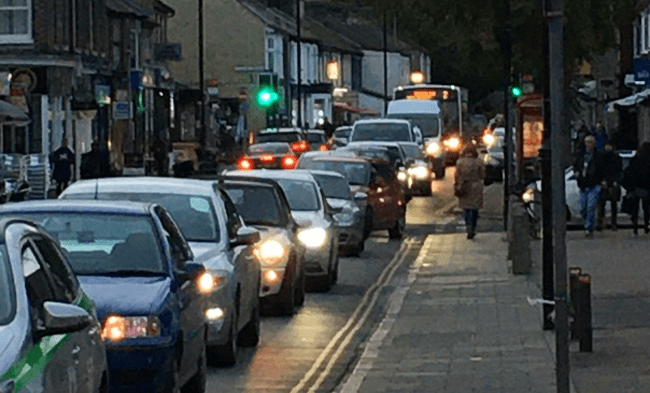
Or would we prefer a safe road that will help instil habits of active travel that will improve health and contribute to tackling climate change? 61% of car journeys are under 5 miles – to change this, we need to make our roads safer and less congested.
Data from 2019, when the bridge was closed to all vehicles for repairs, show an increase of traffic on surrounding roads for two weeks. After that, levels returned to normal, as monitors showed a shift to active travel and public transport. There is plenty of evidence to show that this is a typical outcome.
We can argue until the cows come home about evidence around traffic displacement, but until we try, nobody will know definitively.
Mill Road 4 People has no wish to inflict more traffic on anyone else. We believe that the county council should be working to reduce traffic everywhere in the city, which they promised they would do.
Traffic will be monitored once the bus gate is in: if it does result in the chaos a few people predict, by all means turn the cameras off again – but we can’t keep doing nothing and trying nothing!
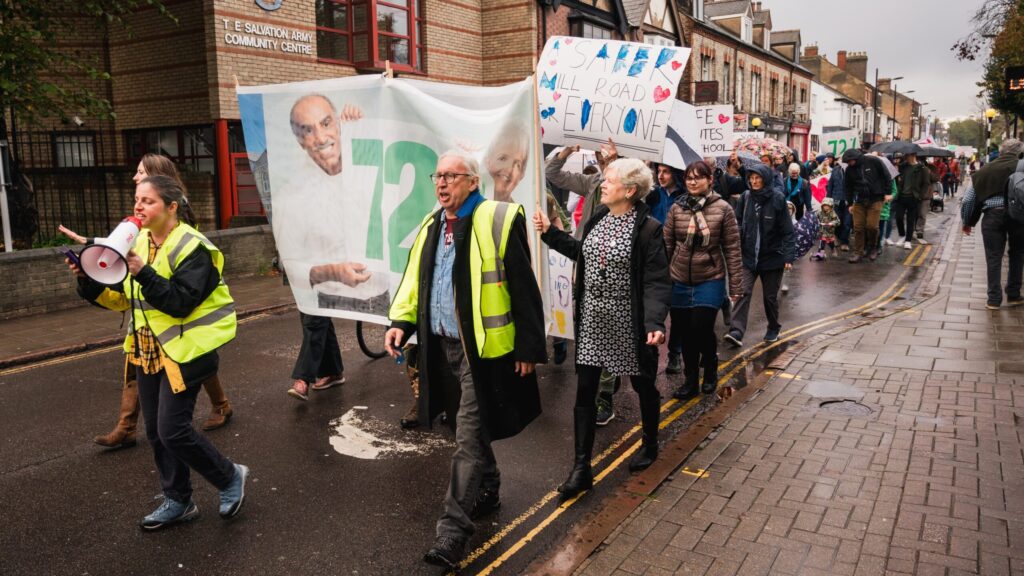
Local opinion is clear. Whenever there has been a measurable response, either in consultations or local elections, support for lowering traffic has vastly outweighed opposition. Indeed, Dave Baigent, the councillor probably most associated with calls for the bus gate, got more votes than any other candidate in the last city elections.
No matter how often our opponents claim that these figures are a small proportion of the overall population, the fact remains that their own support is only a fraction of ours!
And surely it’s local residents who should decide the fate of a ‘C’ road, not drivers who just want to drive through it?
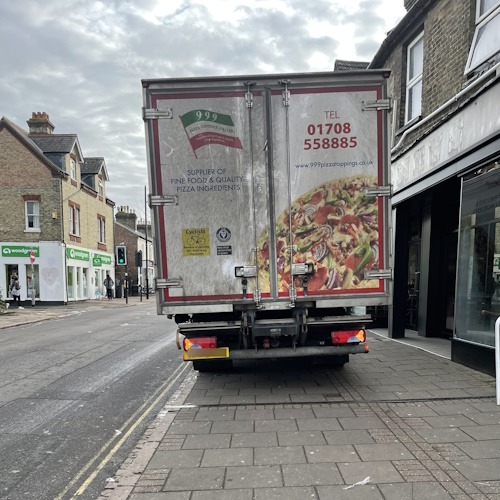
Doing nothing is a counsel of despair. We urge everyone to support the Traffic Regulation Order and take the first step to the vastly improved Mill Road so many of us want to see.
ABOUT THE AUTHOR
Liz Walter, Mill Road 4 People, described as “a group of over 1,000 local residents and traders working together to get the best Mill Road for everyone. We want Mill Road to be an attractive, safe, and successful shopping street, retaining its unique atmosphere, independent shops, cafés, and restaurants, popular and accessible to all residents and visitors”.
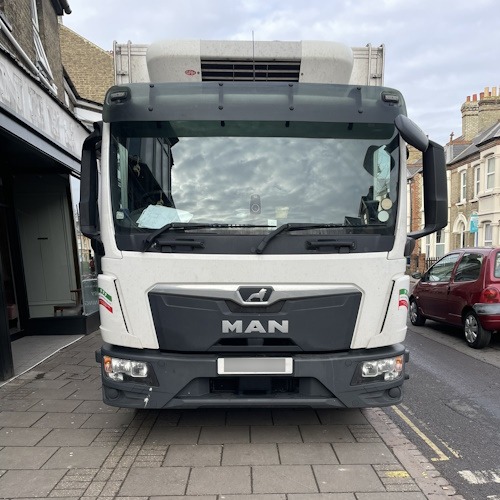
Link to Mill Road 4 People:


